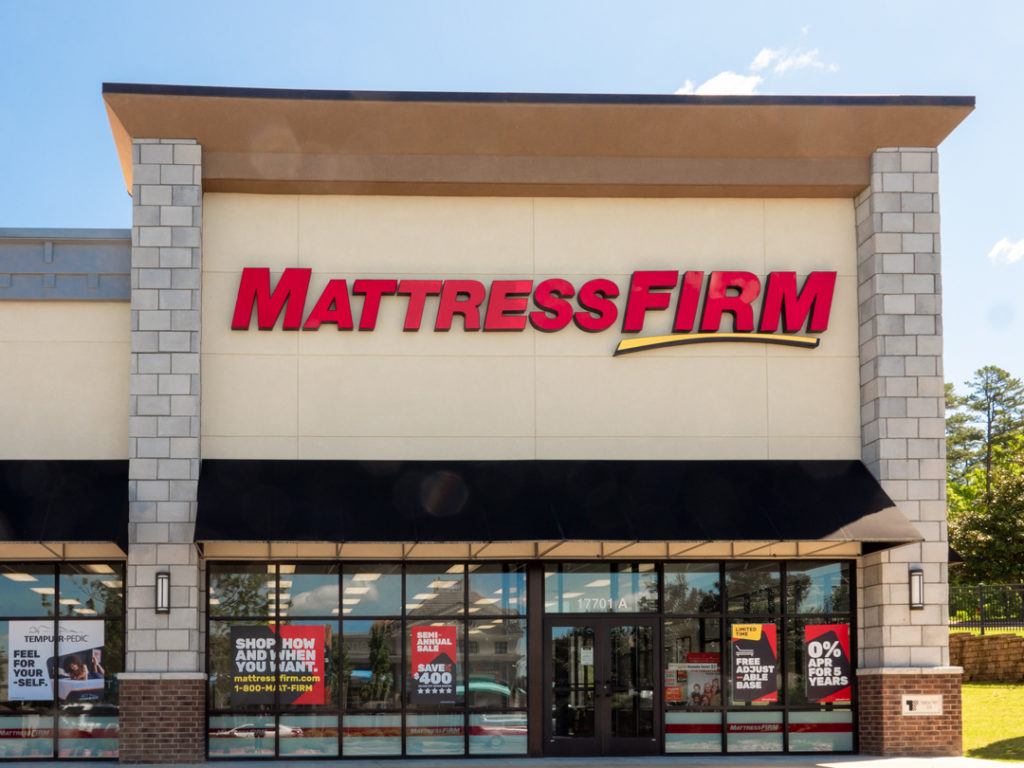1. Clogged bathroom sink
If you've ever experienced a clogged bathroom sink, you know how frustrating it can be. It can disrupt your daily routine and leave you with a sink full of dirty water. Clogs are often caused by a buildup of hair, soap scum, and other debris. Regularly cleaning your sink and using a drain guard can help prevent clogs. However, if you already have a clog, you may need to use a plunger or a drain snake to clear it. In some cases, you may need to call a plumber to remove the clog.
2. Leaking bathroom sink
A leaking bathroom sink is not only annoying, but it can also lead to water damage and mold growth. The most common cause of a leaking sink is a worn out or faulty seal. This can usually be fixed by replacing the seal, but if the problem persists, it may be a sign of a larger issue. A professional plumber can help identify the source of the leak and provide a lasting solution.
3. Slow draining bathroom sink
If your bathroom sink is draining slowly, it could be a sign of a clog or a problem with the drain pipe. Using a plunger or a drain snake can often clear up the issue. You can also try using a mixture of baking soda and vinegar to break down any buildup in the pipes. If the problem persists, it may be time to call a plumber to inspect the drain and fix any underlying issues.
4. Rusty bathroom sink
A rusty bathroom sink not only looks unsightly, but it can also be a health hazard. Rust can cause the sink to deteriorate and can also contaminate the water. To prevent rust, make sure to wipe down your sink regularly and fix any leaks that may be causing the rust. You can also use a rust remover to get rid of any existing rust stains.
5. Cracked bathroom sink
A cracked bathroom sink can be a major problem, as it can lead to leaks and water damage. The most common cause of a cracked sink is physical damage, such as dropping a heavy object on it. If the crack is small, you may be able to fix it with a sealant. However, if the crack is large or if there are multiple cracks, it may be time to replace the sink altogether.
6. Loose bathroom sink
A loose bathroom sink can be a safety hazard and can also cause damage to your countertop. The most common cause of a loose sink is a faulty installation. If your sink is loose, it's important to fix it as soon as possible to prevent any further damage. A professional plumber can help reattach the sink securely and ensure it is properly installed.
7. Moldy bathroom sink
Mold is not only unsightly, but it can also be harmful to your health. A poorly ventilated bathroom can lead to mold growth in and around the sink. To prevent mold, make sure to regularly clean and dry your sink and keep the bathroom well-ventilated. If you already have mold, use a mold remover to get rid of it and fix any underlying ventilation issues.
8. Foul smelling bathroom sink
Does your bathroom sink emit a foul odor? This can be caused by a variety of factors, including clogs, mold, or a buildup of bacteria and mildew. To get rid of the smell, try using a mixture of baking soda and vinegar or a commercial drain cleaner. If the smell persists, it may be a sign of a more serious issue, and you should call a plumber for assistance.
9. Water pressure issues with bathroom sink
If you notice a decrease in water pressure in your bathroom sink, it could be due to a number of reasons. These can include a clogged aerator, a malfunctioning valve, or a buildup of sediment in the pipes. In some cases, you may be able to fix the issue yourself by cleaning the aerator or valve. If the problem persists, it's best to call a plumber to identify and fix the root cause of the issue.
10. Stained bathroom sink
Stains on a bathroom sink can be unsightly and difficult to remove. They can be caused by hard water, rust, or other substances that have been left on the sink for too long. To remove stains, try using a mixture of baking soda and water or a commercial sink cleaner. If the stains are stubborn, it may be best to call a professional cleaner to restore the sink's shine.
The Importance of Proper Drainage

A Common Problem with Bathroom Sinks
 One of the most common problems with bathroom sinks is poor drainage. It may seem like a minor issue, but it can quickly turn into a major headache if left unresolved. When water doesn't drain properly, it can lead to a buildup of bacteria, mold, and mildew, causing unpleasant odors and potentially harmful health hazards. Not to mention, standing water can also damage the sink and surrounding areas, leading to costly repairs. So why do bathroom sinks often have drainage problems? Let's take a closer look.
One of the most common problems with bathroom sinks is poor drainage. It may seem like a minor issue, but it can quickly turn into a major headache if left unresolved. When water doesn't drain properly, it can lead to a buildup of bacteria, mold, and mildew, causing unpleasant odors and potentially harmful health hazards. Not to mention, standing water can also damage the sink and surrounding areas, leading to costly repairs. So why do bathroom sinks often have drainage problems? Let's take a closer look.
Causes of Drainage Problems
 There are several reasons why bathroom sinks can experience drainage problems. One of the most common causes is a clogged
drain
. Over time, hair, soap scum, and other debris can accumulate and block the drain, preventing water from flowing freely. Another culprit is a
faulty
p-trap
. The p-trap, a curved pipe under the sink, is designed to trap debris and prevent it from entering the main sewer line. However, if it becomes damaged or misaligned, it can cause drainage issues. Additionally,
improper installation
of the sink or its plumbing components can also lead to problems with drainage.
There are several reasons why bathroom sinks can experience drainage problems. One of the most common causes is a clogged
drain
. Over time, hair, soap scum, and other debris can accumulate and block the drain, preventing water from flowing freely. Another culprit is a
faulty
p-trap
. The p-trap, a curved pipe under the sink, is designed to trap debris and prevent it from entering the main sewer line. However, if it becomes damaged or misaligned, it can cause drainage issues. Additionally,
improper installation
of the sink or its plumbing components can also lead to problems with drainage.
Solving the Problem
 Fortunately, there are several solutions to address drainage issues with bathroom sinks. If the problem is a clogged drain, using a
plunger
or
drain snake
can often clear the blockage. However, if the issue lies with the p-trap or improper installation, it's best to call a professional plumber. They will have the expertise and tools necessary to properly diagnose and fix the problem. In some cases, it may be necessary to replace the sink or its components to ensure proper drainage.
Fortunately, there are several solutions to address drainage issues with bathroom sinks. If the problem is a clogged drain, using a
plunger
or
drain snake
can often clear the blockage. However, if the issue lies with the p-trap or improper installation, it's best to call a professional plumber. They will have the expertise and tools necessary to properly diagnose and fix the problem. In some cases, it may be necessary to replace the sink or its components to ensure proper drainage.
Preventing Future Problems
 To prevent future drainage problems with your bathroom sink, it's essential to
regularly clean
the drain and p-trap. This can help prevent a buildup of debris that could lead to clogs. You can also use a
hair catcher
in the drain to trap hair and other particles before they can cause issues. Additionally, hiring a reputable and experienced plumber for proper installation and maintenance can go a long way in preventing drainage problems.
In conclusion, proper drainage is crucial for a functional and hygienic bathroom sink. Knowing the common causes of drainage problems and how to address them can save you time, money, and the hassle of dealing with a clogged sink. By taking preventative measures and seeking professional help when needed, you can ensure your bathroom sink functions properly and lasts for years to come.
To prevent future drainage problems with your bathroom sink, it's essential to
regularly clean
the drain and p-trap. This can help prevent a buildup of debris that could lead to clogs. You can also use a
hair catcher
in the drain to trap hair and other particles before they can cause issues. Additionally, hiring a reputable and experienced plumber for proper installation and maintenance can go a long way in preventing drainage problems.
In conclusion, proper drainage is crucial for a functional and hygienic bathroom sink. Knowing the common causes of drainage problems and how to address them can save you time, money, and the hassle of dealing with a clogged sink. By taking preventative measures and seeking professional help when needed, you can ensure your bathroom sink functions properly and lasts for years to come.








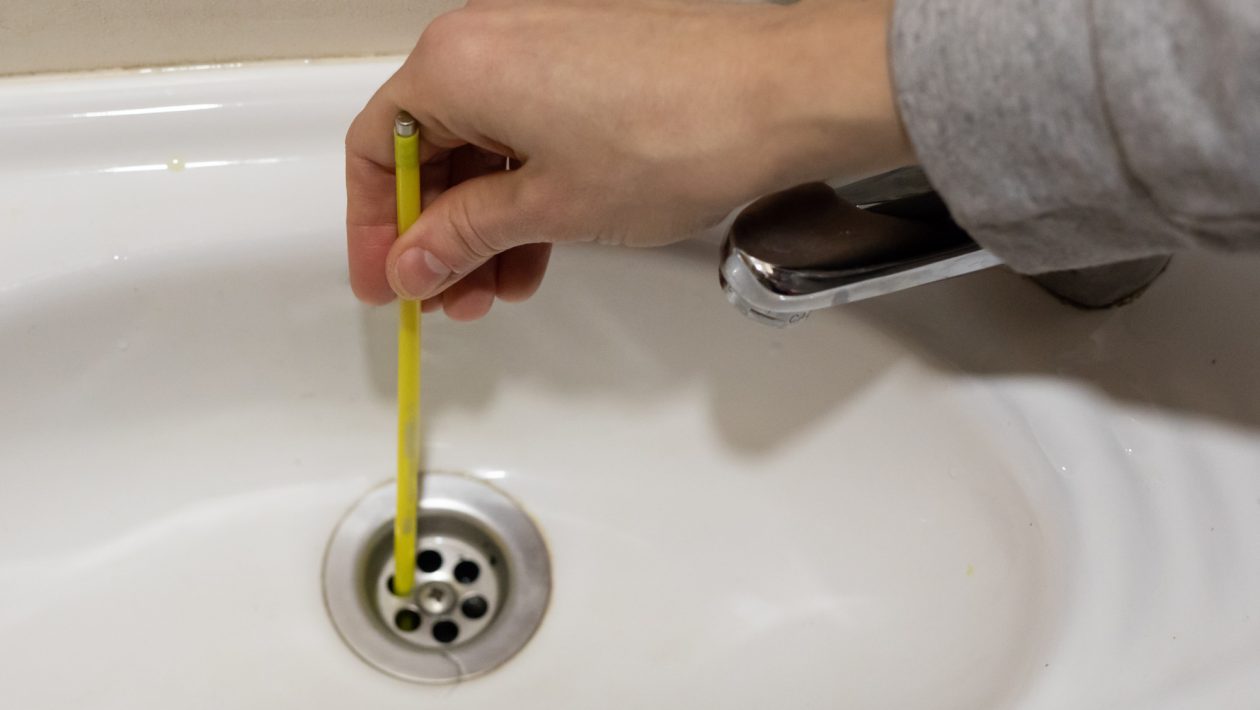






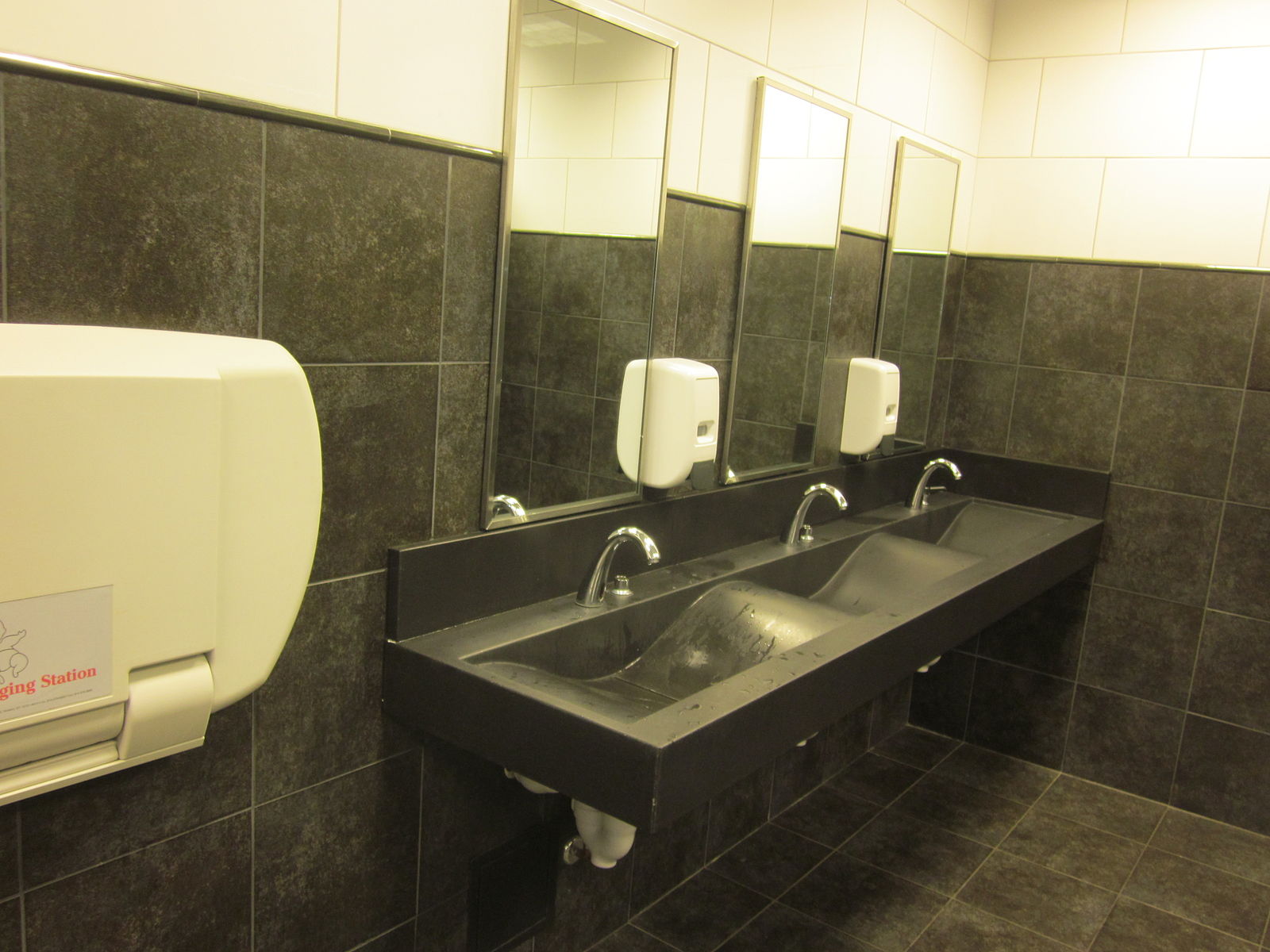
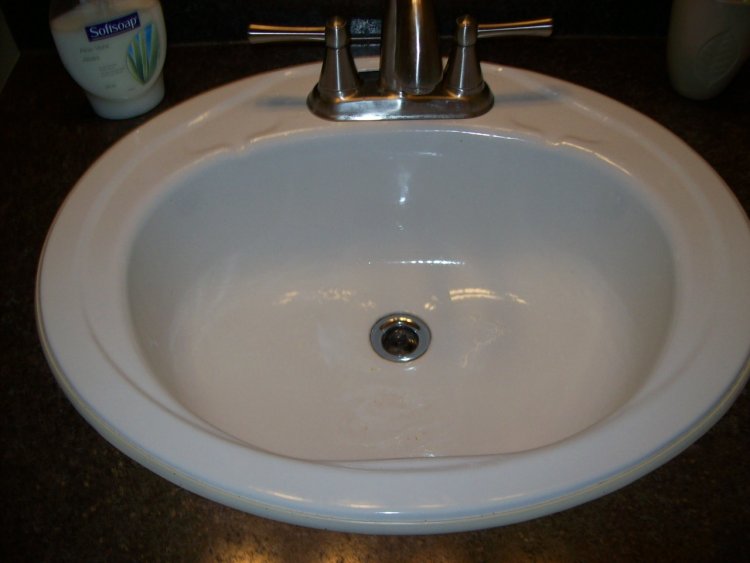







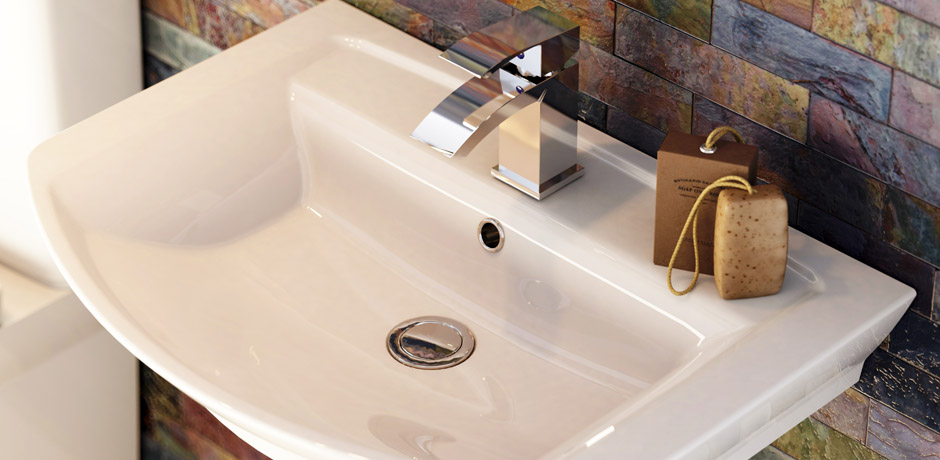



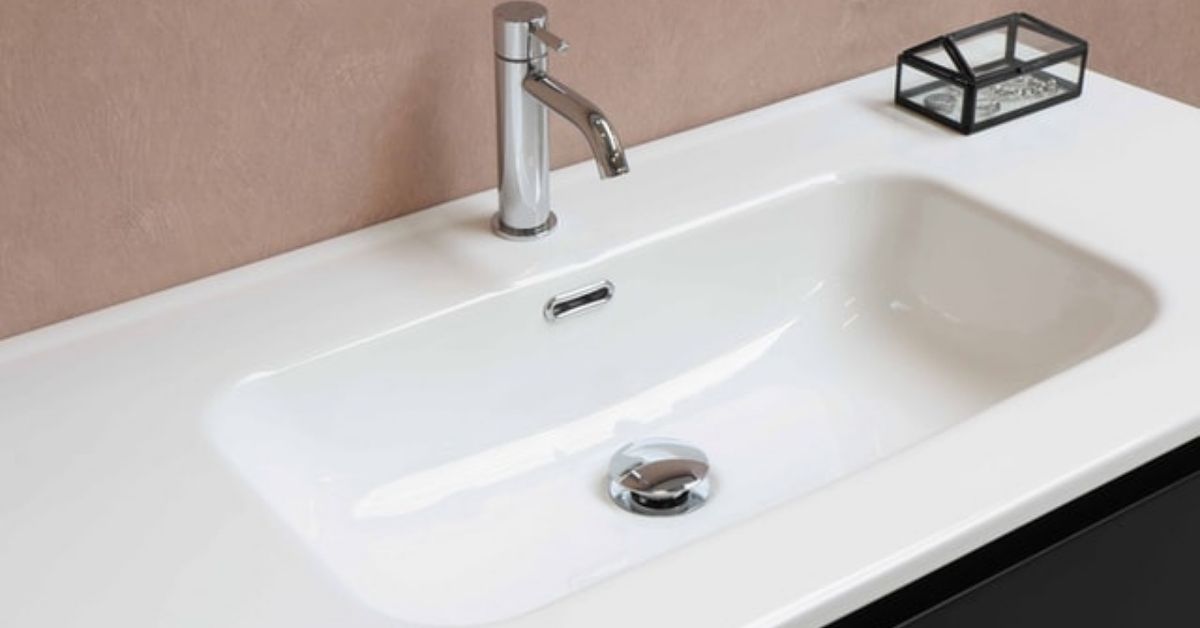

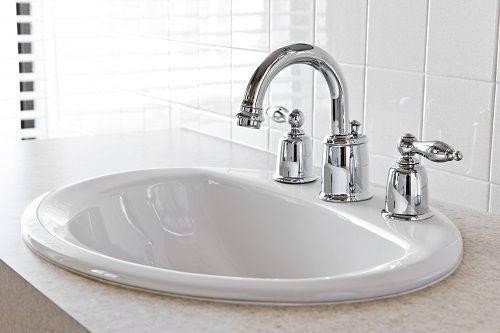


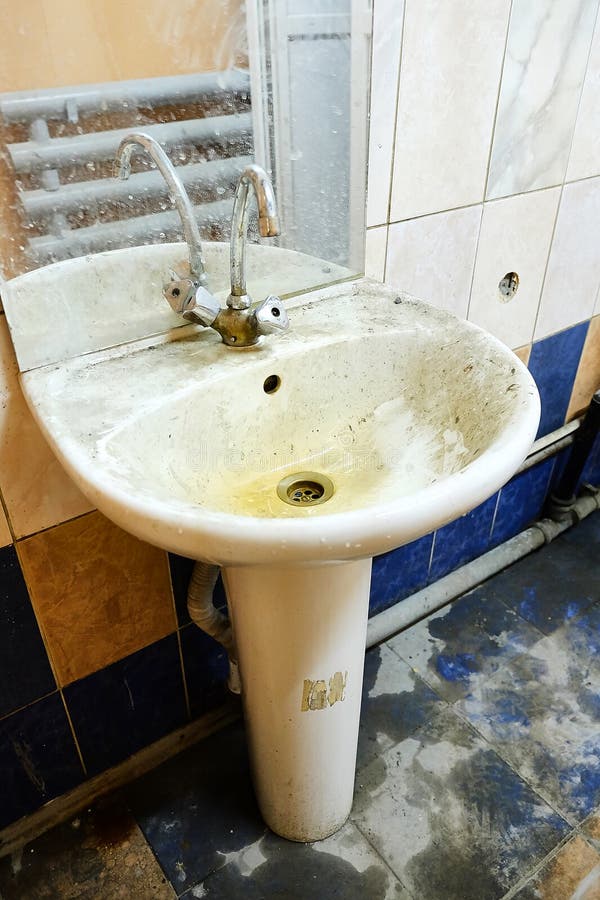


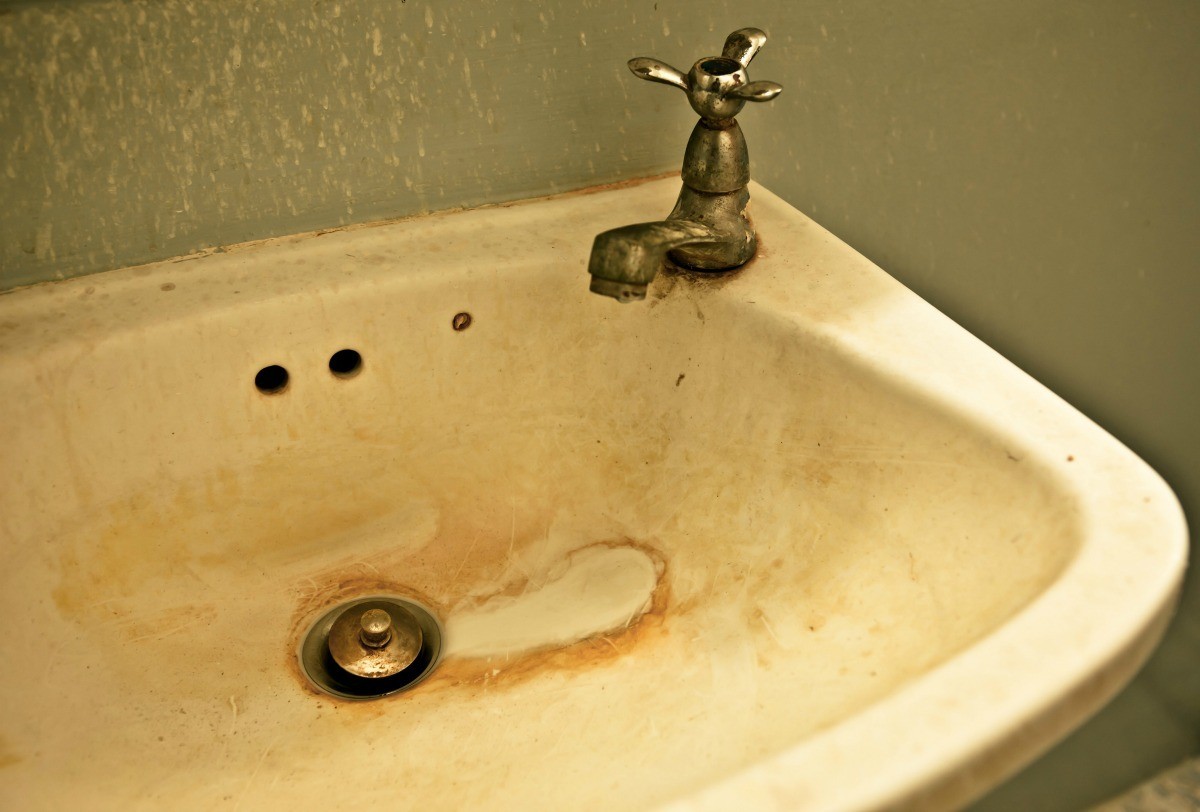









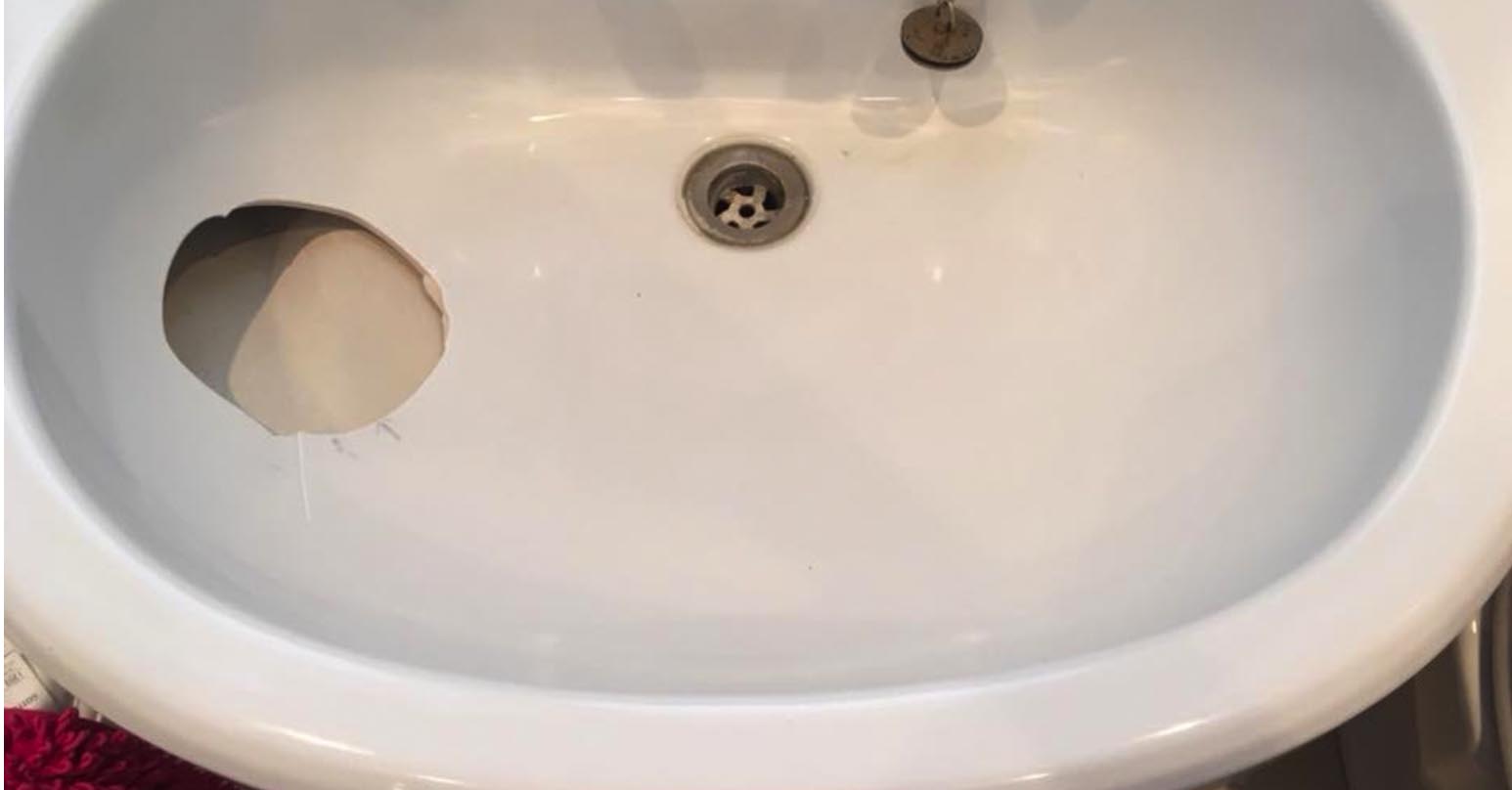
















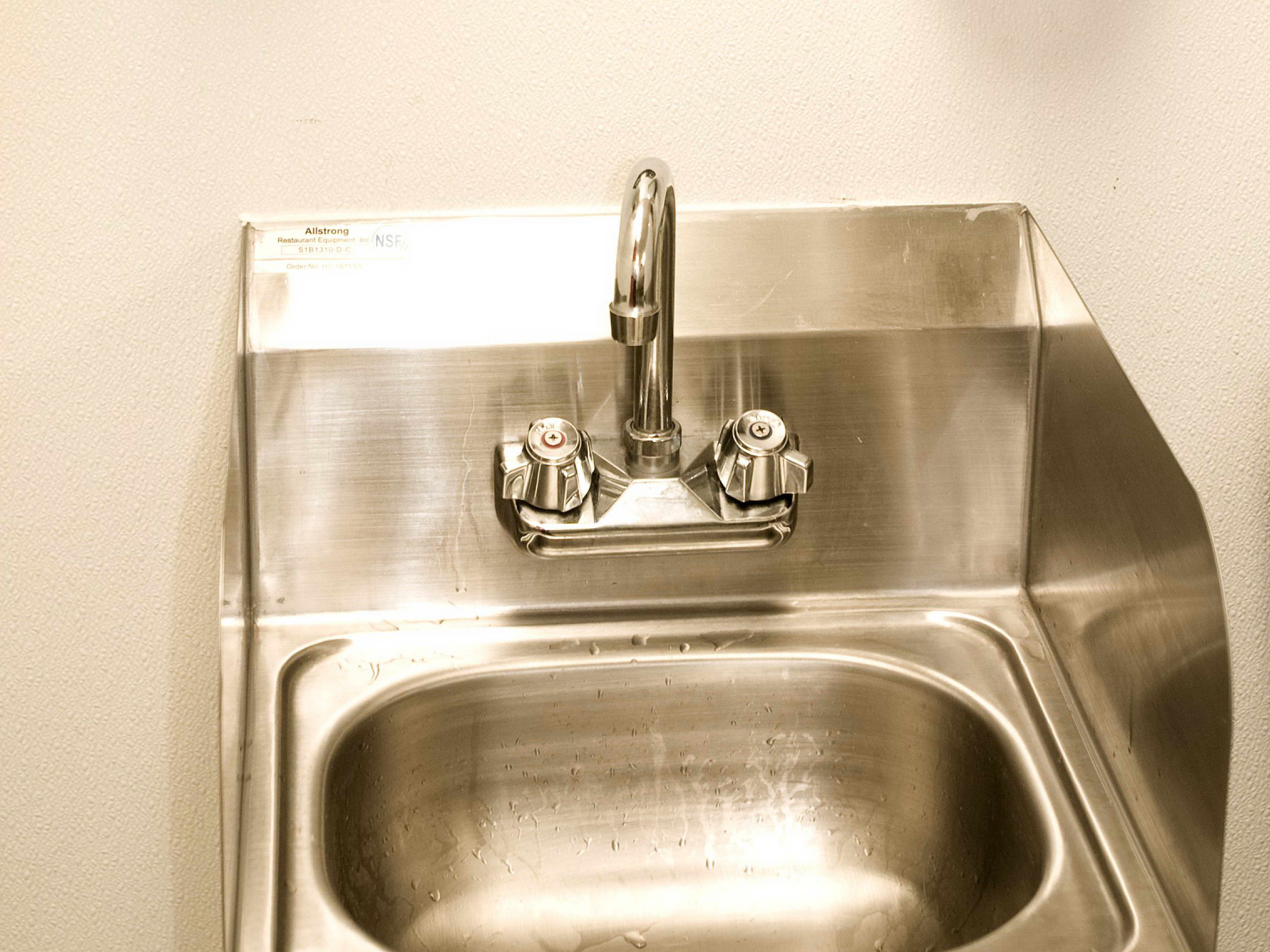


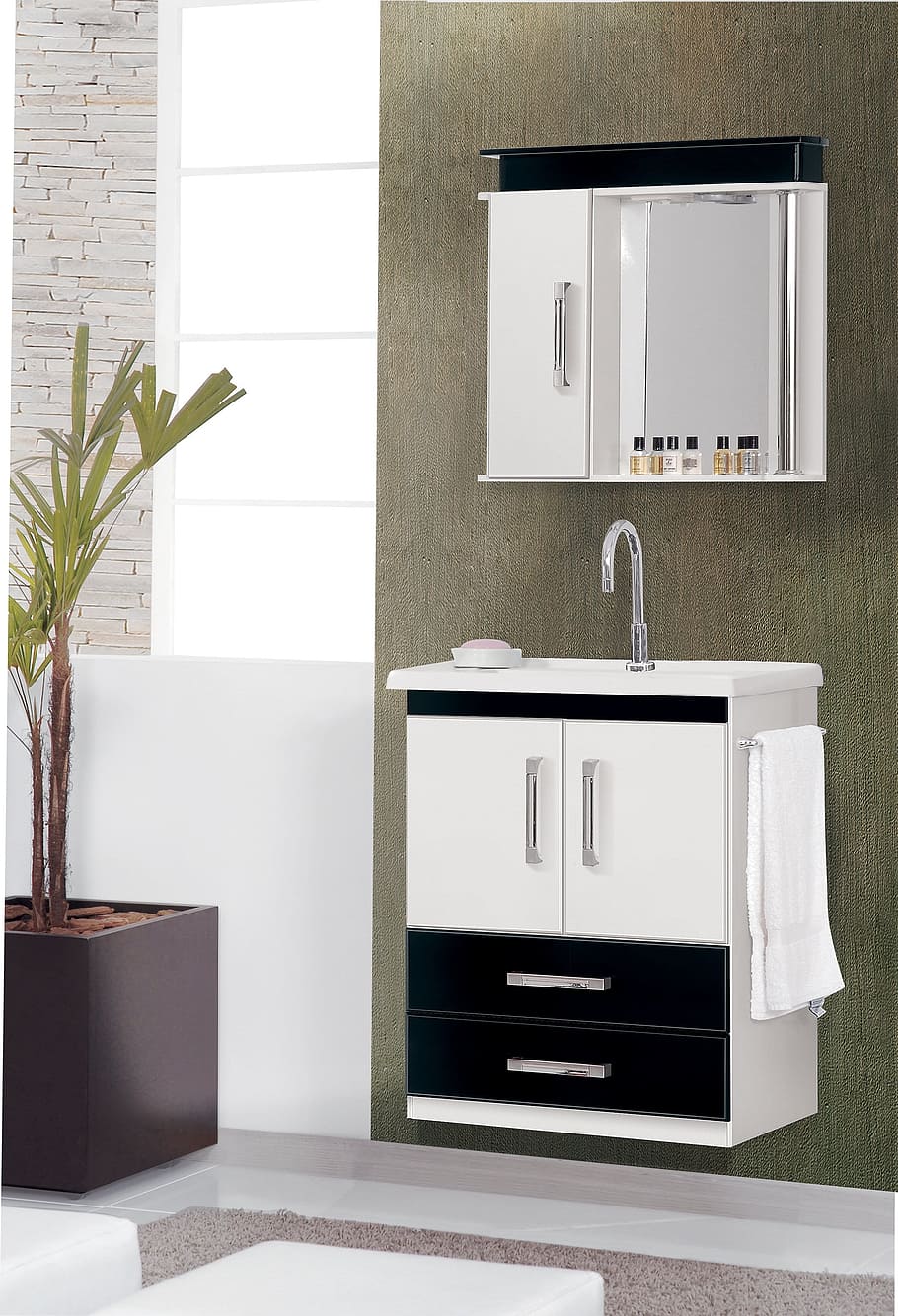

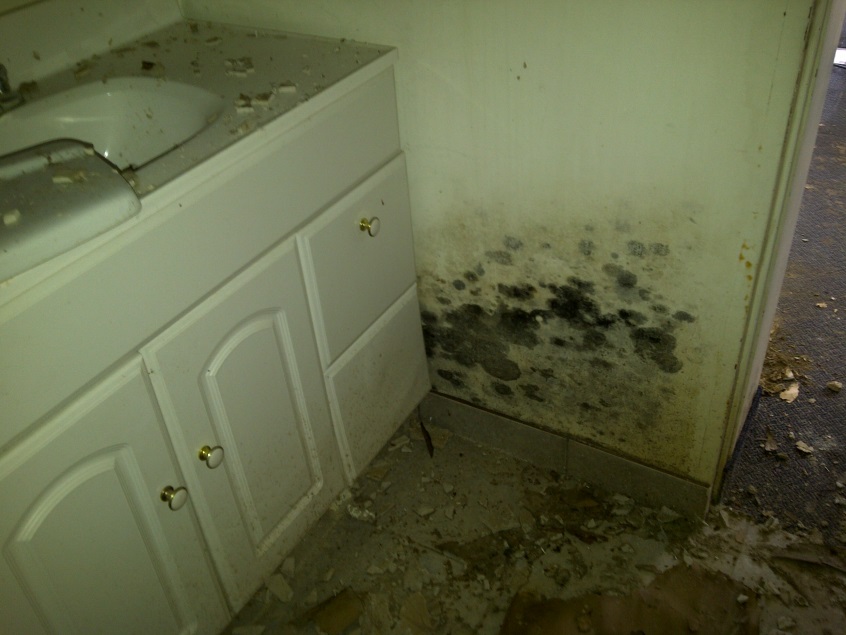






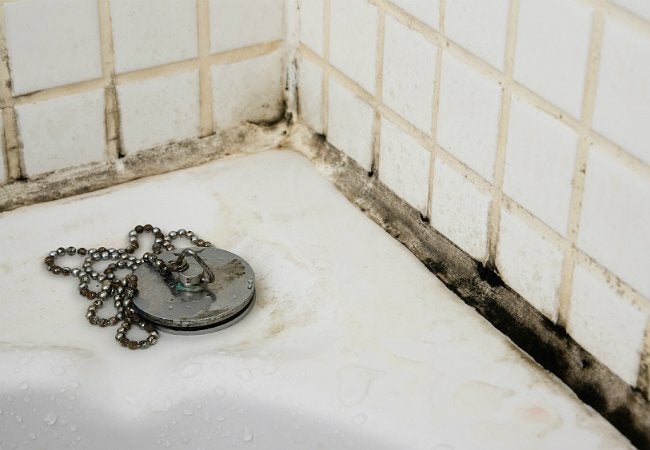


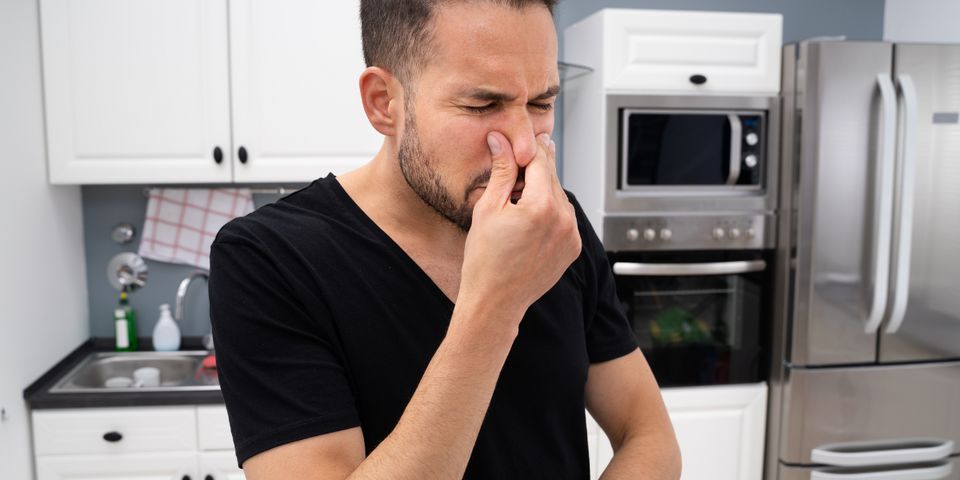



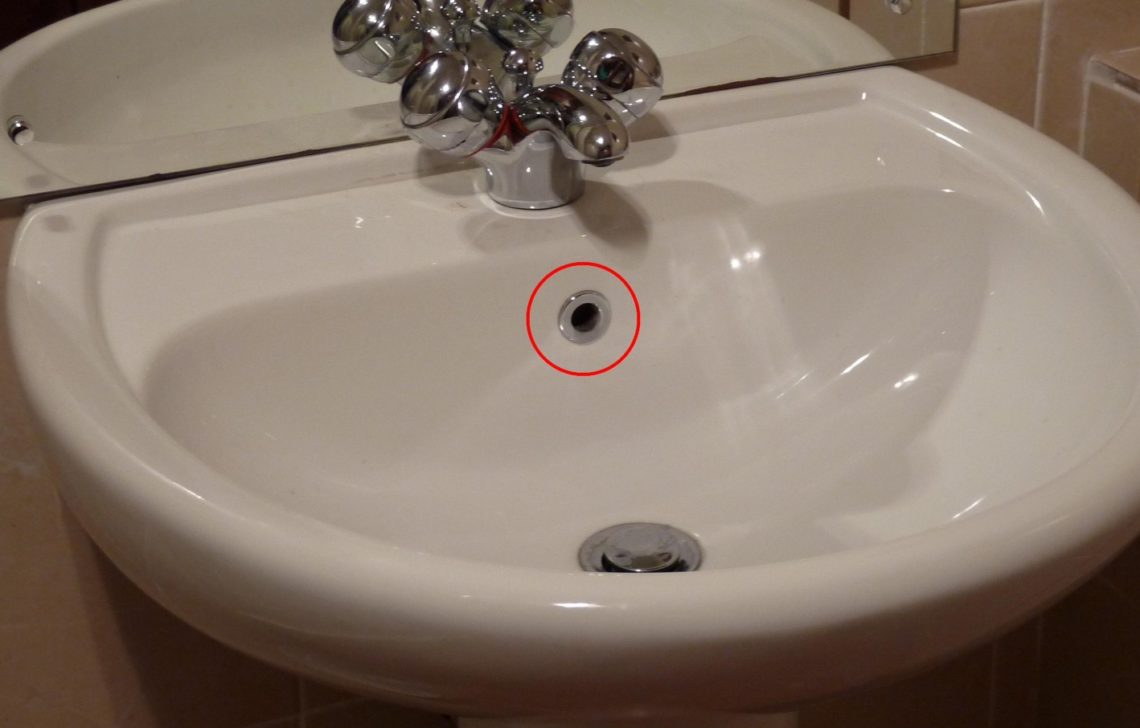
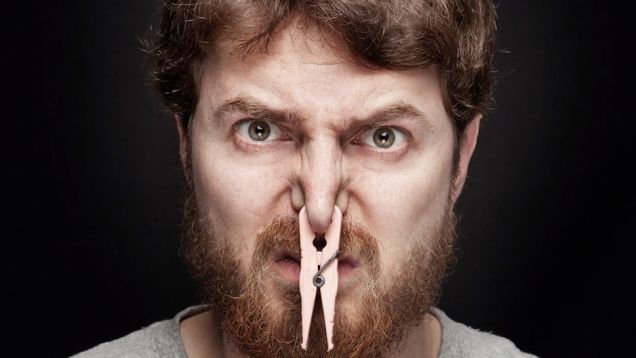






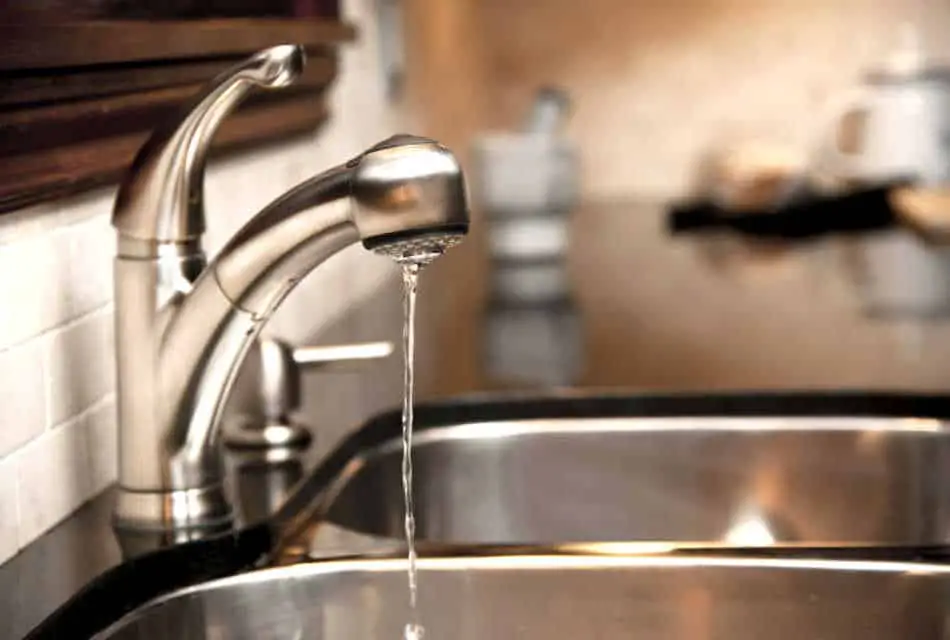




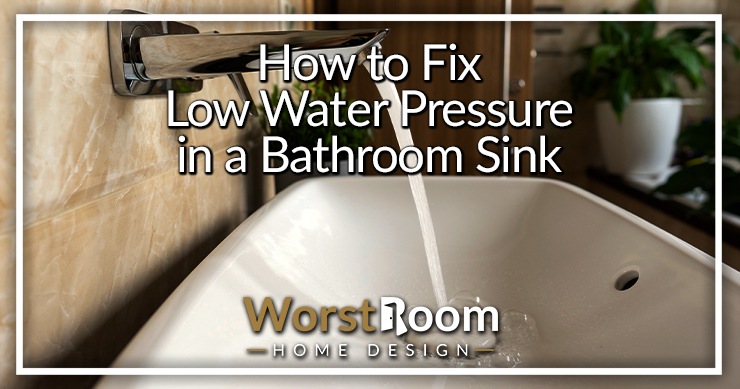
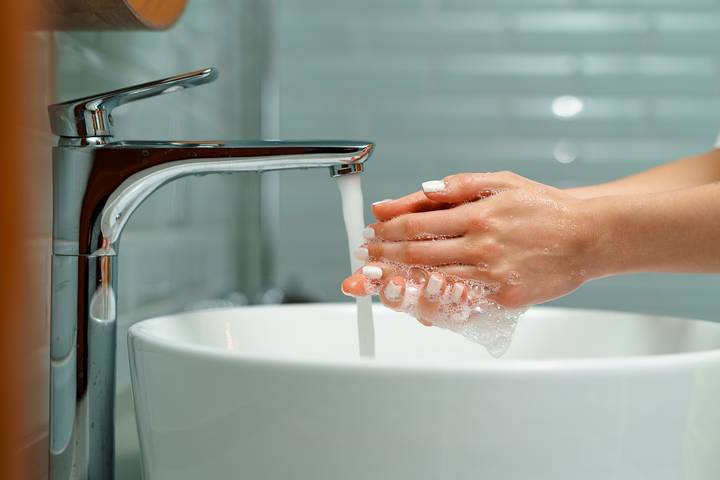
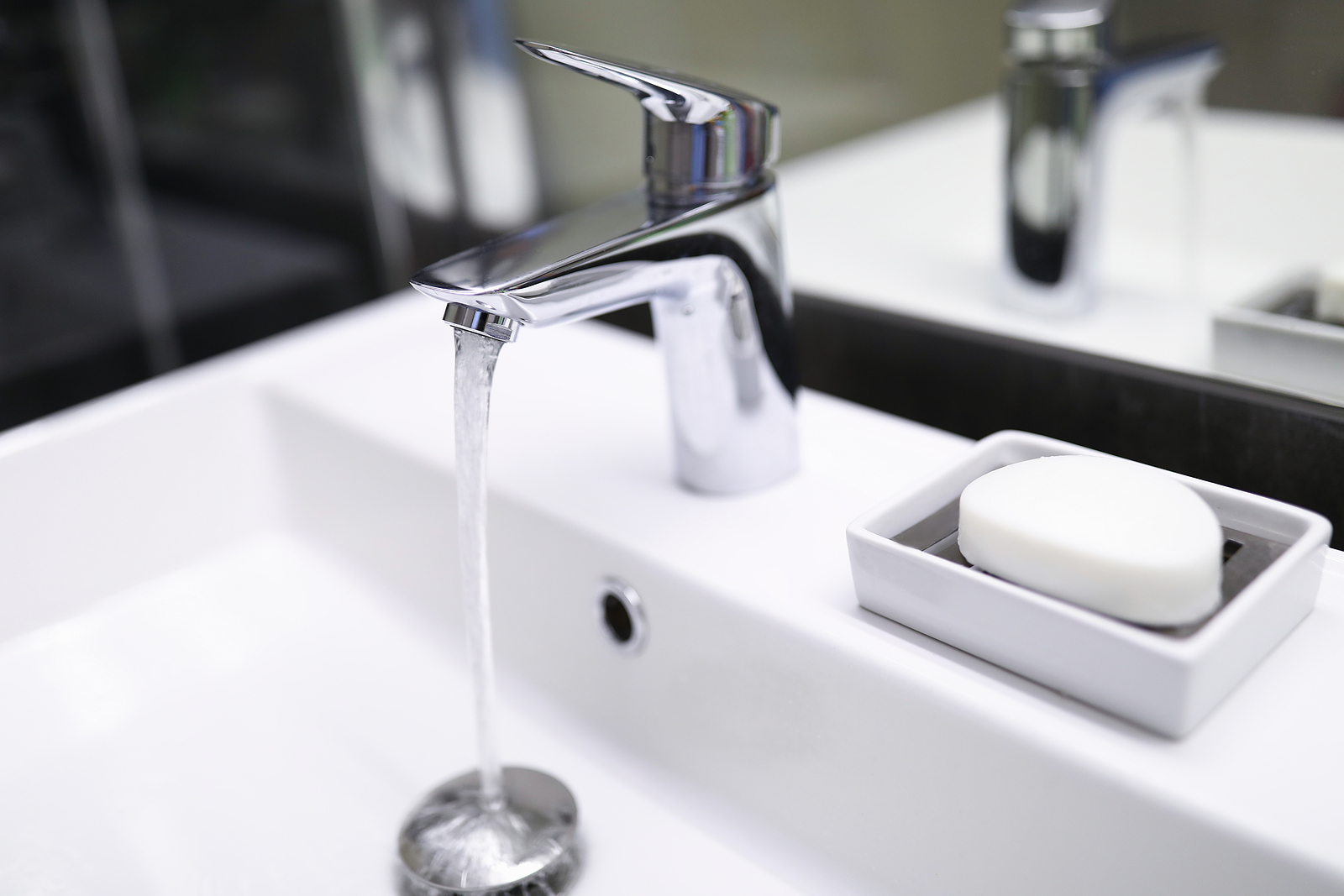
/close-up-of-overflowing-bathroom-sink-90201417-579787783df78ceb865822d8.jpg)
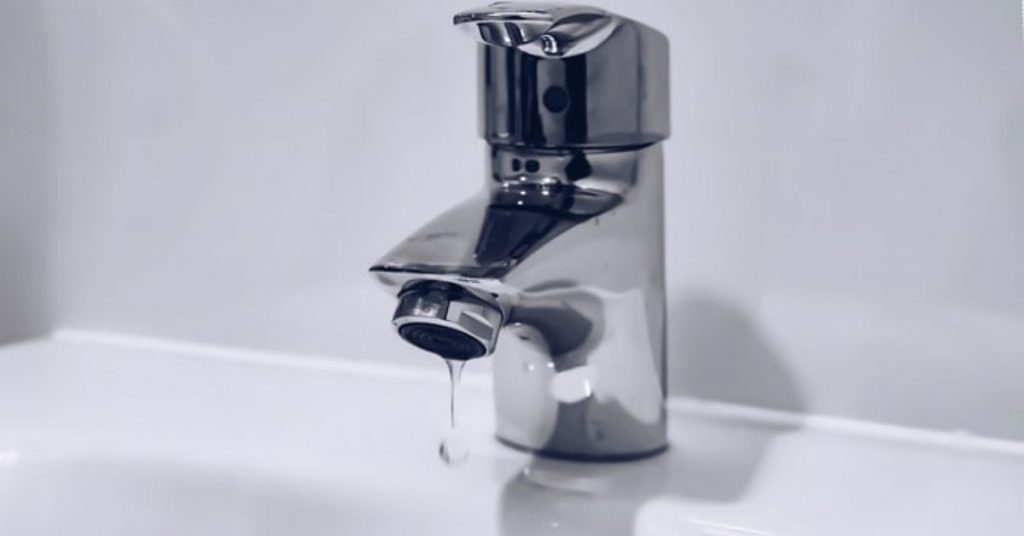

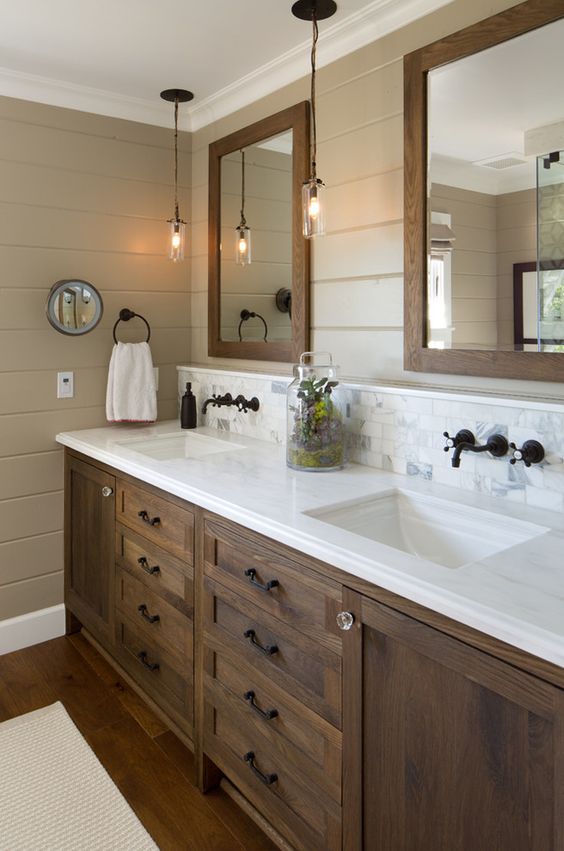









:max_bytes(150000):strip_icc()/move-mattress-with-your-car-2436329-03-e1e963ff480e48839f7737db78d64c36.jpg)



